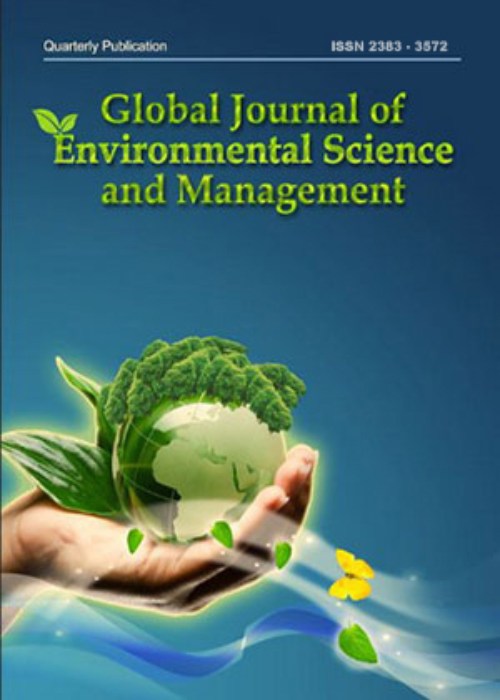Characterization and quantification of solid waste in rural regions
Population growth and economic activity in rural areas are factors driving the waste generation rate. Rural waste management generally still applies conventional patterns and has the potential to damage the environment and threaten human health. Challenges and remedial measures for solid waste management in rural areas differ from urban ones. The first step in planning a waste management system is to identify the generation and characteristics of waste. Unfortunately, data on waste generation and characteristics in rural areas in developing countries are still minimal. The problems are mainly caused by the development of the tourism industry, and it certainly requires waste management as the solution. However, due to the unavailability of waste generation data, this study aims to measure and analyze waste characteristics in the southern zone of Gunungkidul Regency.
Primary data collection was taken from 16 randomly selected villages in six sub-districts in Gunungkidul Regency. A door-to-door survey was carried to 110 residential and 160 non-residential samples for eight consecutive days using the Indonesian National Standard 19-3964-1994 method. The processed data were analyzed using a quantitative descriptive method.
The results showed that the average waste generation was 0.29 kilograms per person per day. It shows that the waste generation in the study area is categorized in small-town classification. 75 percent of solid waste generated is food waste and leaves. Meanwhile, paper, plastic, glass, wood, other materials, and fabrics were calculated at 11.8 percent, 10.1 percent, 1.7 percent, 0.5 percent, 0.5 percent, and 0.4 percent respectively. Housing produced less recycled waste as indicated by a high density of 110.6 kilograms per cubic meter. Waste generation and composition are influenced by socioeconomic factors such as economic activity and lifestyle, geographic conditions, and downtown attractiveness.
The characteristics of the waste produced by the southern zone of Gunungkidul Regency are not much different from most rural areas in developing countries. Rural waste management needs to see organic waste as the main management material. Organic waste processing through composting can be a future solution, but the active role of residents determines its success. In addition, this method can help extend the life of the landfill capacity because the volume of organic waste will be reduced by half.
- حق عضویت دریافتی صرف حمایت از نشریات عضو و نگهداری، تکمیل و توسعه مگیران میشود.
- پرداخت حق اشتراک و دانلود مقالات اجازه بازنشر آن در سایر رسانههای چاپی و دیجیتال را به کاربر نمیدهد.


